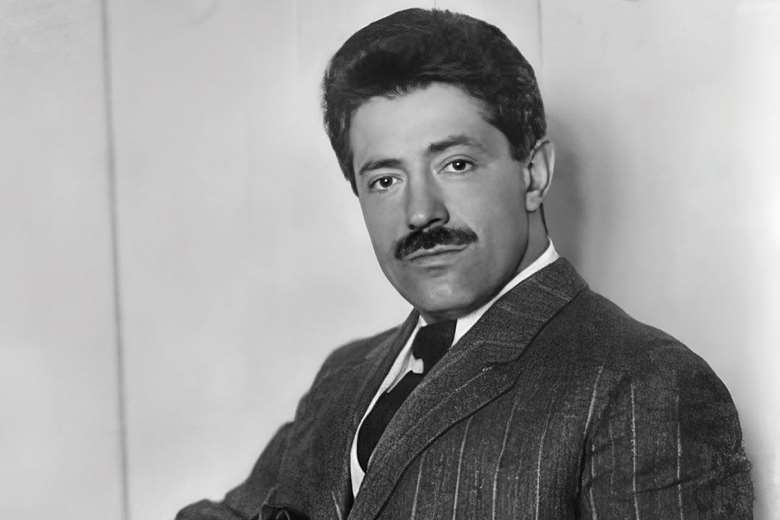Icon: Fritz Kreisler
Tully Potter
Friday, August 9, 2024
Tully Potter celebrates the prototypical Viennese-style violinist who for half a century was adored among peers, critics and audiences, and who made hundreds of recordings

Register now to continue reading
Thanks for exploring the Gramophone website. Sign up for a free account today to enjoy the following benefits:
- Free access to 3 subscriber-only articles per month
- Unlimited access to our news, podcasts and awards pages
- Free weekly email newsletter








